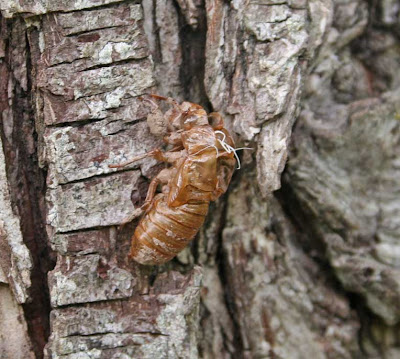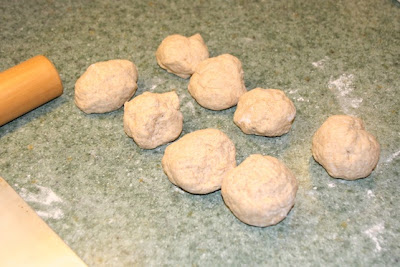 |
| The focus of the video is my Homemade Crackers and Easy Dips with Herbs books. |
You've probably heard me mention before that we have a YouTube/longcreekherbs channel where we post videos of my recipes and books. Check it out if you haven't. Yesterday we filmed 2 more videos. That's the easy part, the editing and pasting it all together is the harder, and more creative part. Thankfully, my job is to stand in front of the camera and let David Selby and his associates do all the work. Here are some views of the photo shoot from yesterday, with his helper, Ben Manlove. The end product will be 2 videos, one that will be about 3-4 minutes long, where I'm showing my friend, Makala, how I make cheddar crackers. The other is a 2 minute video telling what roses are good to eat and which ones to avoid. (There's more about the Herb of the Year and the Rose, official Herb of the Year for 2012, on my Herb of the Year blog, here). In a few weeks the videos will be up on our YouTube channel, but for not they're "in the can" awaiting the editing process.
Makala is the daughter of one of our employees, Neva Milke. Neva is one of the 2 ladies who answers phones when you call us to place an order. Makala first came to visit Long Creek Herb Farm when she was 4 years old, with 19 other vacation Bible schoolers. She was interested in herbs and gardening then, and her interests continue to grow. I invited her to be a part of Homemade Crackers with Herbs video taping and she was fun to work with. Here are some scenes from the kitchen and the crew yesterday.
I took this photo, looking down into the kitchen from my upstairs office. You can see the kitchen counter all set with our working tools, David and Ben are getting the cameras and lights set up.
 |
| Everyone just discovered I was taking their pictures, too. |
David does lots of film projects. He intends to make movies but for now, does a great job doing videos. Ben Manlove, to the left, grew up with David in Reeds Spring, MO. Ben is in the Army Reserves and is currently attending Drury University School of Nursing. Makala, standing on set at the ready, is a second year student at College of the Ozarks.
 |
| It takes a lot of tinkering with lights, sound, cameras to get everything working right. I could have slept another hour! |
Out of camera view, on the sunporch, I had backups of the crackers, the baked crackers, the unbaked ones and the roses for the what roses to eat video that came next.
And here we are in front of the lights, almost ready for the rose video. Makala was patient and fun to work with. David and Ben were loads of fun and very professional. David's production company does an outstanding job. All the recipes for the crackers and dips came from my books.
I hope each and everyone a pleasant and peaceful holiday season.




















